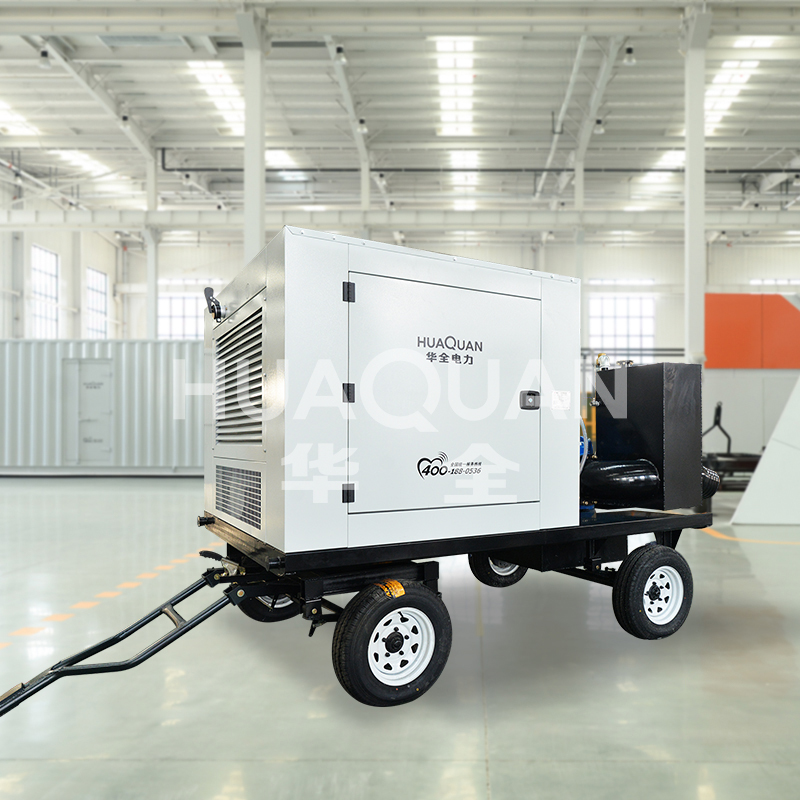Flood control water pump serve as a critical defense against rising water levels, and their effectiveness depends on proper operation. To ensure performance and extend service life, users must adhere to the following key preventive measures.
1. Pre-Operation Inspection of Flood Control Water Pump
Thoroughly check the Flood control water pump before deployment. Ensure intake screens are debris-free to prevent clogging, and verify all seals and hoses for leaks. A quick engine test (oil/fuel levels, battery charge) can avert mid-operation failures.
2. Optimal Placement
Position the Flood control water pump on stable, elevated ground to avoid submersion. Align the intake hose to draw clean water, minimizing sediment intake that accelerates wear. Avoid sharp bends in discharge hoses to reduce pressure loss.
3. Monitor Performance Continuously
During operation, watch for abnormal vibrations or noise—signs of cavitation or mechanical stress. Adjust throttle settings to maintain steady flow without overloading the engine. Never run the pump dry; ensure constant water supply to prevent seal damage.
4. Post-Use Maintenance of Flood Control Water Pump
After use, flush the Flood control water pump with clean water to remove contaminants. Drain fuel if storing long-term to prevent corrosion. Store in a dry environment and schedule regular professional servicing.
5. Safety First
Operators must wear protective gear (gloves, boots) and avoid contact with moving parts. In electrical models, ensure grounding to prevent shocks.
By integrating these practices, Flood control water pump will reliably combat flooding while extending service life—a vital balance in emergency scenarios.







